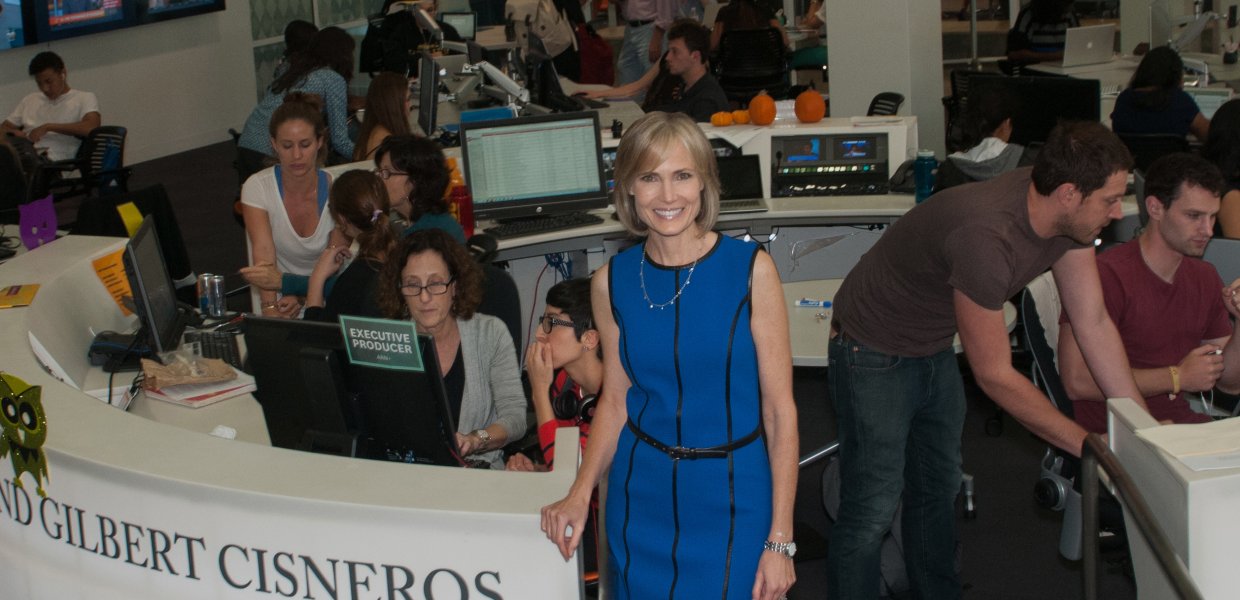As a college professor and mother, I spend a significant amount of time immersed in a world of young people who are consumed by their digital devices. But they are not alone.
Try to remember the last face-to-face conversation with your parent, child, partner or spouse that did not involve the distraction of a smartphone. Many of us might be thinking for a while.
Wireless communication has spread faster than any other technology in modern history, and fueled the creation of new mass media, the “frictionless sharing” of online social networks connecting billions in just a few years. These changes are affecting the way we engage, not only with the world around us, but also with the people who are closest to us.
A new generation of parents faces unprecedented challenges in managing digital media in their own lives and in the lives of their children. As Nicholas Carr writes in The Wall Street Journal, the cellphone is “an attention magnet unlike any we have had to grapple with before.”
Our world has been re-wired. And no one left us a user’s manual.
This summer, as part of our participation in USC’s Global Conference in Tokyo which examined the accelerating impact of technology on our lives, USC Annenberg hoped to ignite a global conversation on the impact of digital devices on family life. We released our report, The New Normal: Parents, Teens and Digital Devices in Japan. Our partner, Common Sense Media, regularly conducts research on children’s media use in the United States. By sharing and comparing our data, we wanted to facilitate a cross-cultural exploration.
How much time are parents and teens spending with media each day? Do we feel “addicted” to our devices? Is media use causing family stress and arguments? Are kids feeling neglected due to their parents’ media use? These were the kinds of questions we set out to explore with our collaboration.
What did we discover? To put it simply, media and technology are at the center of life for Japanese families. Nearly everyone — 90 percent of parents and teens — owns a smartphone. They spend hours a day on them — with the average daily mobile device use for teens of 4.5 hours and for parents 3 hours — consuming content, using social media and playing games.
When we compared the results to U.S. data we discovered that our always-on media environment is presenting as many challenges for Japanese families as it is for families here.
Our results suggest the use of digital devices has become a source of concern, conflict and worry for parents and teens alike.
More than half of parents in both the U.S. and Japan think their teens spend too much time on their mobile devices. More than half of American teens think the same about their parents, though far fewer Japanese teens share that view.
In the U.S., 1 in 3 families have an argument about digital devices every day. In Japan, almost 1 in 4 parents feel their family relationships have been hurt by devices.
As the presence of digital devices re-shapes family life across the globe, we need further research to help parents and teens manage technology in thoughtful and productive ways. Clearly this is just the beginning of what we hope will be more conversations, around the globe and across the family dinner table.
To download a full copy of the Relevance Report, click here.









